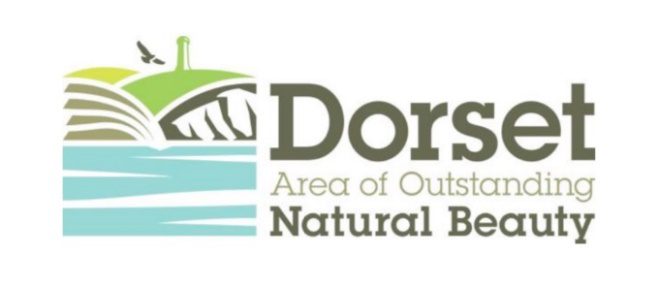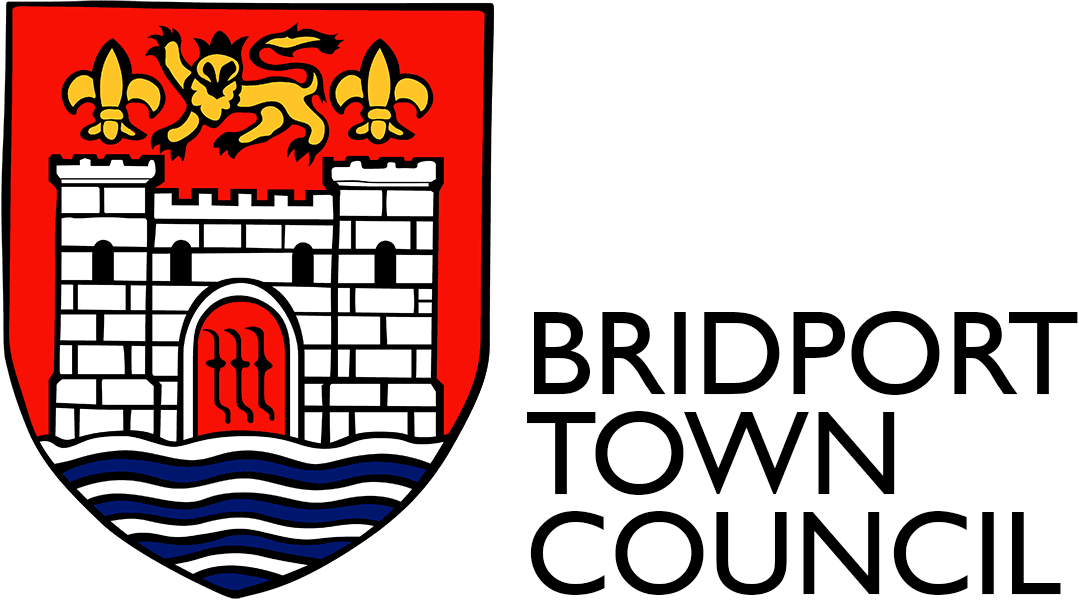.
Bridport Town Council
Bridport Area Tree Plan
| The Right Trees – in the Right Place – for the Right Reason |
Why a Tree Plan for the Bridport Area
There is growing public recognition of and enthusiasm for tree planting as a tangible response to the climate and ecological crisis. Trees can certainly help us towards net zero, but the right trees in the right place can do so much more than that.
A Tree Plan is essential if we are to follow the principle of the right tree in the right place and ensure that our local economy will have timber and wood fibre resources to draw on in the future. We should be planting well-designed, diverse woodlands, rich in wildlife and right for the soil and the landscape in each different place. If we are to do this in sustainable ways we need to know about; important habitats that need to be protected and restored, rewilding opportunities and where trees can help with flooding and air quality issues.
The wrong trees in the wrong places can have adverse impacts on soil (including soil carbon), water flows, water quality, recreation, biodiversity and air quality. Tree planting on high carbon soils, wet or waterlogged sites, will have a negative impact on carbon sequestration.
As well as planting trees greater effort is needed to bring the existing tree stock in the Bridport Area into active sustainable management. This is as important as expanding woodland cover for biodiversity, carbon sequestration and future timber resources.
A defined action in the Bridport Town Council Climate Action Plan the Tree Plan will provide landowners, councils and voluntary groups with indications of the best places to plant trees to provide a range of public goods. In addition Dorset Council have produced a Tree Planting Checklist
What does the Bridport Area Tree Plan tells us?
Working with the Dorset Area of Outstanding Natural Beauty (AONB) and NeetMaps we are presenting four mapped layers to inform and guide tree planting in the Bridport area:
LAYER 1: Areas Unfavourable for Tree Planting
These are areas identified as ‘protected sites’ being important habitats where large scale tree planting will be detrimental to the ecology and heritage of the area. Sites will include existing woodlands, semi natural grassland, heathland as well as heritage sites such as archaeological remains.
It may be that some tree planting can be accommodated in these areas; restocking woodlands, agroforestry or wood pasture for example but in terms directing energies these are not places to focus on for large scale tree planting.
LAYER 2: Areas favourable for tree planting that will extend and strengthen the existing ecological network
These are sites where the planting of native broadleaved species will contribute to the overall resilience of the existing ecological network. This maybe by extending existing woodlands/hedges or serving to connect corridors of semi natural habitat. Areas of Scrub are identified which may already be naturally regenerating as woodland but also may require tree planting to help diversify species mix and re inforce future timber resources.
LAYER 3: Areas favourable for tree planting that will help alleviate flood risk
These are sites for tree planting located in river sub catchments containing household vulnerable to flooding. Tree planting in these area will contribute to reducing flood risk through greater interception of rainfall and delaying peak flows.
LAYER 4: Areas favourable for tree planting that will help alleviate air quality and health issues
These are sites for tree planting that will contribute to improved air quality for household most at risk to illnesses affected by poor air quality (PM 2.5/PM 10). Tree planting in these areas will increase absorption and dispersal of pollutants as well as providing valuable green space for mental wellbeing.
Climate Adapted management and planting
With global warming projected to increase by a further degree within the next 2 decades and with global temperatures potentially rising to 4°C above pre-industrial levels by the end of the century, it is critical that we plan and plant our forests appropriately for both current and future climates.Encouraging diversity in woodlands and planting schemes and selecting trees from known provenance; ideally within 2-5 degrees south of site latitude are all appropriate responses. Continuous cover siliviculture is increasingly being used to help build forest resilience to changes in the frequency and intensity of drought, wind and flood episodes.Advice and guidance is available to woodland owners and those considering tree planting projects from the Forestry Commission; Managing England’s woodlands in a climate emergency is a guide to help foresters and agents implement adaptation actions.See also:
- The climate matching tool provides a visualisation of regions with a similar climate to the climate projection for any location in Europe. It gives an indication of the climate that trees are likely to experience in the future. This can help practitioners to consider the selection of better suited material from environments that southern England may experience in the future.
- The Ecological Site Classification tree selection tool, which shows how trees will perform in a future climate but does not take into account adaptation. Seed sourced from climate analogues 10 years into the future may help maintain forest resilience under climate change.
- Tree Species Database is another useful tool from Forest Research to assist with selecting the right tree for the right site.
A note about Biosecurity: New trees should be sourced and grown in the UK, or from a nursery with sound biosecurity measures (e.g. quarantine) to help avoid the spread of disease. More info and certified nurseries here: https://www.woodlandtrust.org.uk/about-us/what-we-do/we-plant-trees/uk-sourced-and-grown-scheme/
Planting with purpose in mind
In a climate challenged world local sources of timber/ wood fibre will be increasingly important for a range of purposes, including construction. We need to plan for more trees but also species that will thrive and produce useful products and services. As a guide to selecting species mixes for different purposes we have compiled the following:
| For Flood alleviation on flood plain:
Minimum 2250 stems per hectare (sph), average 2.1m spacing, though closer (down to 1.0m) on the lower lying parts of the floodplain and along downstream edge. Maximum of 20% of the area as open space, but preferably less than this. Predominantly native broadleaves adjacent to watercourses (see UKFS Guidelines) and on lowest lying/wettest areas. Productive broadleaves or conifers elsewhere, especially on higher/drier parts of the site. |
For flood alleviation Within 30 m of a watercourse:
Minimum 1600 sph, average 2.5m spacing, though closer spacing in the floodplain and where overland flow discharges from the adjacent land. Maximum 20% of the area as open space, though preferably less, and located primarily towards the outer edge of the new woodland and on key areas of open habitat such as wetland flushes. Predominantly native broadleaves. |
| For improving the ecological network
Tree species selection should aim to mimic the appropriate natural woodland community in the local area. It is recommended to use the Ecological Site Classification (ESC) tree selection tool (see above). For timber and fibre production A mix of Conifer and Broadleaved species that best meet site conditions, future climate projections and future market assessments. It is essential that Deer/squirrel controls are put in place to protect trees during establishment. Note site conditions; esp waterlogging, soil, geology need to be considered and should inform final selection of tree species. |
For improving air quality and health
Any planting strategy that maximises leaf area per unit ground area will increase the potential for uptake of pollutants by trees and other vegetation. The extent to which each species performs such filtering activity depends mostly on canopy size, leaf size and leaf structure. Evidence suggests a mix of conifer and broadleaf being best. Conifers like hemlocks, junipers and deciduous trees like elms, horse chestnuts. In tests Silver birch, yew and elder trees were the most effective at capturing particles due to the hairs of their leaves. Species such as oak, aspen, willow and poplar can actually have a negative impact on air quality as they may emit Volatile Organic Compounds (VOC’s) which can be an irritant for some people. |
A NOTE ABOUT USE OF THE TREE PLAN
The tree plan is intended to provide guidance and a start point for discussion for landowners, local authorities and local voluntary groups interested in helping meet national targets for tree planting (the government’s 25-year environment plan set a target of planting 180,000 hectares in England by end of 2042).
Natural regeneration as well as planting a mix of tree species will be part of the response we are looking to encourage.
Whilst we have taken steps to ensure that the identification of favourable sites is based on best available local data this has been a desk top exercise and there may well be data errors. We are keen to keep the mapped layers updated so any correction needs should be sent to: [email protected]
The Tree Plan is a tool to help guide investment in new tree planting to address carbon and ecological crisis – use with care.
The area covered by the Bridport Tree Plan includes the Landscape Character Areas surrounding Bridport, including; the Brit Valley, Marshwood Vale and Bride Valley.
We can produce Tree Plan maps for Parish areas. Any Parish wishing to have these maps produced should contact Bridport Town Council.
The Bridport Area Tree Plan is supported by:



